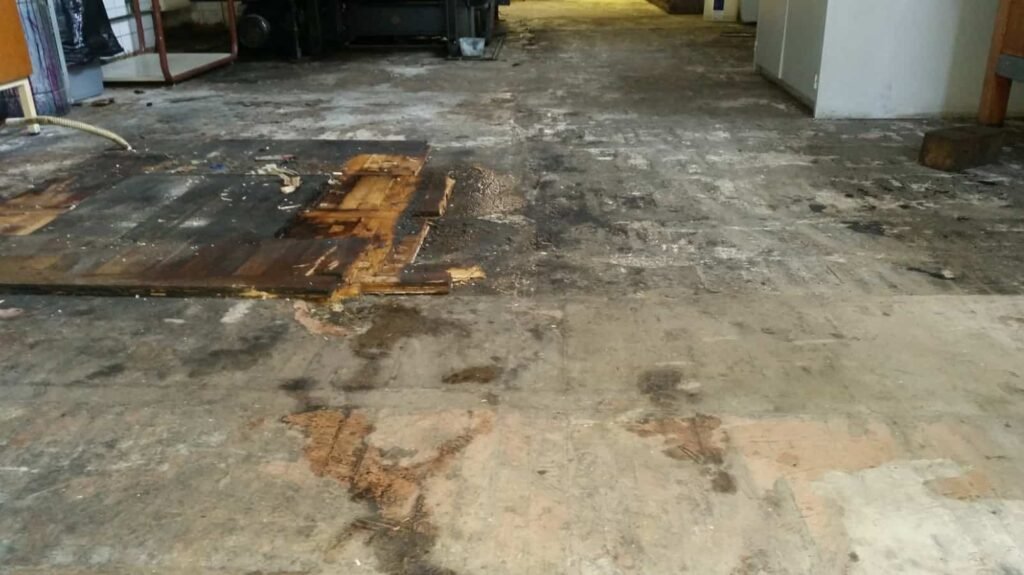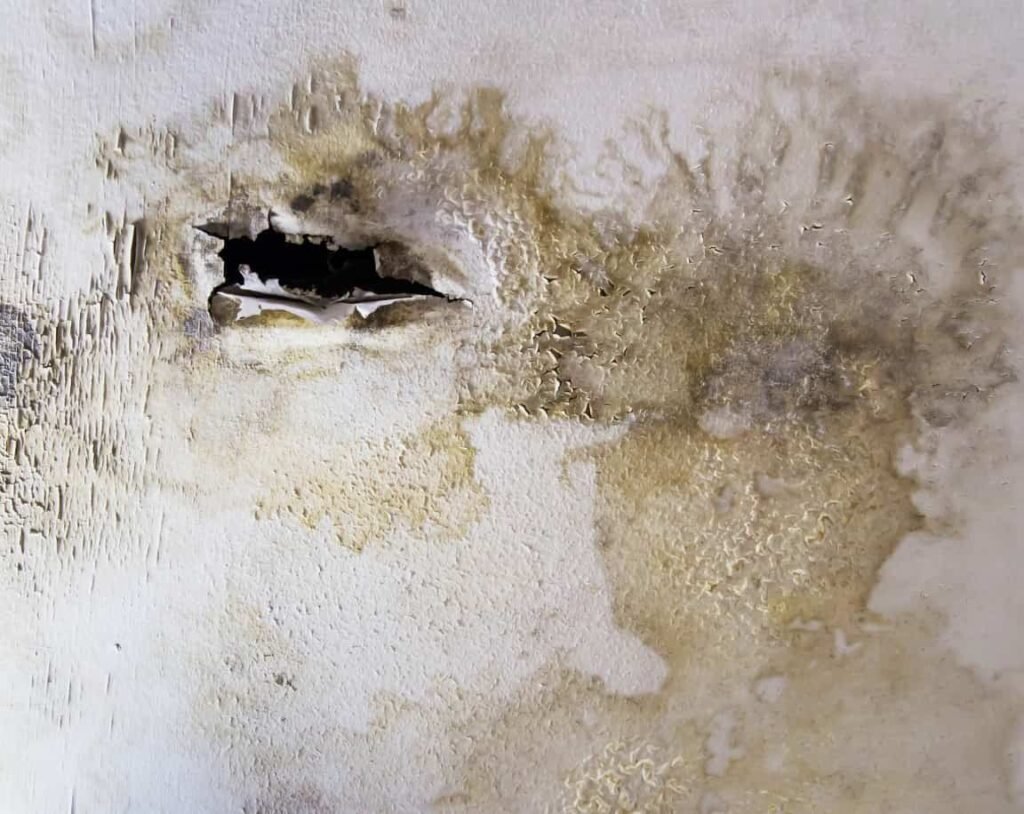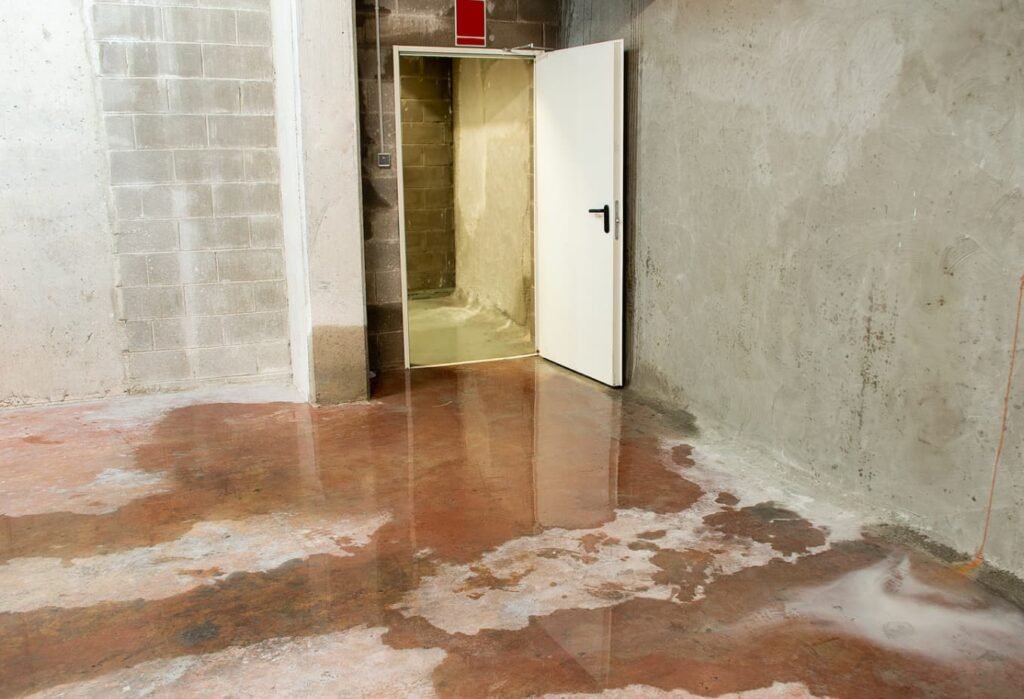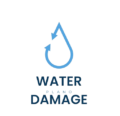Identifying whether water damage is new or old is a crucial step in addressing the overall problem and preventing further issues. New water damage usually presents with dampness and may still be drying out. The materials impacted will feel wet, and stains will appear uniform with no rings. Conversely, older water damage is characterized by rings in the materials—each ring signifies a cycle of wetting and drying, indicating that the area has been wet multiple times.

Understanding the age of water damage can help diagnose the potential urgency and extent of repairs. In new water damage, the affected area might not have suffered extensive deterioration yet, offering a more straightforward repair process. Meanwhile, old water damage suggests a recurrent problem or previous neglect, which might require a more in-depth approach that addresses not only visible damage but also potential mold growth and structural weaknesses that may have set in over time. Our water damage restoration Plano company can help you fix this issue.
Key Takeaways
- Assessing the age of water damage is key to planning the right restoration approach.
- New water damage appears damp without rings, while old damage shows multiple rings.
- Timely detection of water damage helps prevent further deterioration and potential health hazards.
Identifying Water Damage

Determining the age of water damage in your home can be pivotal in planning the appropriate remediation steps. This section examines key indicators that can help ascertain whether water damage is fresh or has been lingering over time.
Initial Inspection
When you first come across water damage, it’s essential to assess the surrounding area for any signs that can indicate its longevity. Begin by feeling the affected material; if it’s still wet or damp, the damage might be new. Dryness, however, does not necessarily indicate old damage, as the source of moisture may have been removed. Note any visual cues such as discolorations or warping, and trust your nose for a musty smell, which might suggest the presence of mold or mildew.
Understanding Water Stains
A visual indicator, particularly on ceilings and walls, is the appearance of water stains. New water damage typically manifests as a singular, wet ring with well-defined edges. On the other hand, old water damage is often identified by multiple concentric rings or a water stain with uneven edges, indicating the area has gone through cycles of getting wet and drying.
Significance of Mold Growth
The development of mold is a sign of persistent moisture and often signifies that water damage is not recent. If you observe small, black or gray specks within 48 hours of suspected water intrusion, it is likely new damage. However, extensive mold growth or a deep-seated musty smell usually means the issue has been ongoing. Remember that mold can develop behind walls or under floors, so even if it’s not immediately visible, it could indicate hidden water damage.
Types of Water Damage

When addressing water damage, it’s critical to distinguish between new and older incidents, as they may affect the structure of your property in unique ways. Identifying the type of damage early can guide you in taking the correct steps to mitigate further harm.
New vs. Old Water Damage
New water damage typically presents itself as wet spots that are clear or have a slight discoloration on surfaces such as walls, ceilings, and hardwood floors. If you encounter a singular, damp spot without a sequence of rings or layers, it’s likely recent. Often, such damage can be the result of sudden leaks or spills.
In contrast, old water damage often shows more pronounced signs, including multiple rings around the damp area, which resemble the rings of a tree. This pattern indicates that the area has gone through cycles of getting wet and drying. Another tell-tale sign is the presence of mold, which starts forming within 48 hours of exposure to moisture but becomes more entrenched over time. Areas with persistent moisture, like hardwood floors, may also begin to warp or buckle with older water damage
Assessing Structural Impact
To gauge the structural damage from water, you need to consider the materials affected and the time elapsed since the damage occurred. With new water damage, if addressed promptly, the impact on structural integrity can often be minimal.
However, should you discover old water damage, especially if it’s extensive, the structural elements of your property could be compromised. Walls may show signs of deterioration, such as peeling paint or bulging, which suggests damage to the drywall or framing. Ceilings may sag or appear discolored if moisture has been accumulating over time. For areas with hardwood floors, check for floorboards that are lifted or separated, as this indicates extensive damage that’s been compounding, potentially affecting the beams and joists beneath.
Sources and Causes of Water Damage
When you’re assessing water damage within your property, knowing the source is vital for effective management and prevention. Let’s identify where this damage might be originating from.
Common Water Leak Sources
Appliances: Your daily conveniences can become sources of water damage. Aging water heaters are notorious for leaks or, worse, bursting. Routine inspections can catch a small leak before it becomes a costly repair. Dishwashers and washing machines similarly pose risks; a seemingly harmless leak can lead to significant damage over time.
Pipes and Plumbing: A burst pipe doesn’t just occur in the dead of winter; corrosion and wear over time can also lead to a rupture. Always be wary of unexplained wet spots on floors or walls, as these could indicate a hidden leak within your plumbing system.
Attics and Basements: Due to their location, attics and basements are common victims of water intrusion. In basements, poor drainage and foundation cracks invite water in during heavy rainfall. Meanwhile, in attics, a roof repair might be in order if you detect a roof leak, sometimes caused by missing shingles or degraded underlayment.
Weather-Related Water Damage
Heavy Rain and Storms: Intense weather systems pack enough punch to breach the exterior of your home. Heavy rain can exploit any vulnerability in your roofing, leading to a roof leak. This is particularly true if your gutters are clogged, preventing proper water diversion.
Natural Disasters: Beyond just storms, other severe weather-related events like floods and hurricanes can overwhelm your home’s defenses. Your basement, being the lowest point, is especially at risk during these events, and even a well-sealed space can succumb to the relentless pressure of rising water.
By understanding these common culprits behind water damage, you’re better equipped to identify potential risks and take proactive steps to prevent future damage to your home.
Detecting and Measuring Water Damage

Before attempting to repair water damage, it’s crucial to determine whether it’s new or has been an ongoing issue. Accurate detection and measurement are vital in creating an effective remediation strategy.
Tools and Techniques
To assess water damage, you’ll require specific tools. A moisture meter is indispensable for identifying the presence of excess moisture within walls and floors. When examining a water spot, follow these steps:
- Visual Inspection: Carefully inspect the affected area for discoloration or deterioration. Rings may indicate age, with more rings suggesting older damage.
- Touch Test: Gently touch the surface. If the area feels wet but not soft, the damage may be newer. Softness indicates prolonged exposure to moisture.
For a more precise understanding, use a moisture detection device. This tool will provide a reading indicating the level of moisture present.
Moisture Detection
Detecting moisture accurately is key in assessing water damage. Use the following detection methods:
- Moisture Meter: This device comes in two types, pin and pinless. Pin meters measure moisture content at various depths, while pinless meters can scan a larger area without causing damage.
- Thermal Imaging: Infrared cameras can visualize excess moisture behind surfaces without invasive methods.
Regularly check areas prone to standing water, like basements, and note any unexpected surges in your water bill as this could indicate hidden leaks. Keep records of the moisture levels in different areas of your property, especially after rainstorms, to track any changes over time.
Water Damage Restoration Process
Understanding the water damage restoration process is critical to remedying the situation effectively and promptly. The complex process not only involves water removal but also repairing the impacted areas and taking measures to prevent future issues such as mold and structural problems.
Steps for Repair and Restoration
- Inspection and Assessment: Your first step is to determine the extent of the water damage. Professionals categorize and classify damage to map out an effective restoration plan.
- Water Removal: Prompt removal of standing water is imperative. Using pumps and vacuums, you can mitigate the spread of damage.
- Drying and Dehumidifying: After water removal, drying out the wet areas is crucial. This step requires industrial dehumidifiers and air movers to ensure no moisture remains.
- Cleaning and Sanitizing: It’s important to clean all belongings affected by water damage. This could include furniture, clothing, and personal items. Specialized cleaning techniques are used to sanitize and prevent mold growth.
- Restoration and Repair: The final step is to restore your home to its pre-damage condition. This may involve minor repairs, such as replacing drywall and installing new carpet, or may entail major renovations, like reconstructing entire rooms.
When to Call Professionals
- Significant Damage: Whenever the damage is extensive or the area affected is more than you can handle, it’s time to call in water damage restoration service
- Mold Presence: If you spot or suspect mold, professionals can provide mold damage remediation in Plano.
- Health Risks: Contaminated water or situations where health risks are present should be handled by experts.
- Technical Expertise Needed: For situations requiring specialized skills like fire damage restoration or electrical repairs, professional services have the necessary training and experience.
